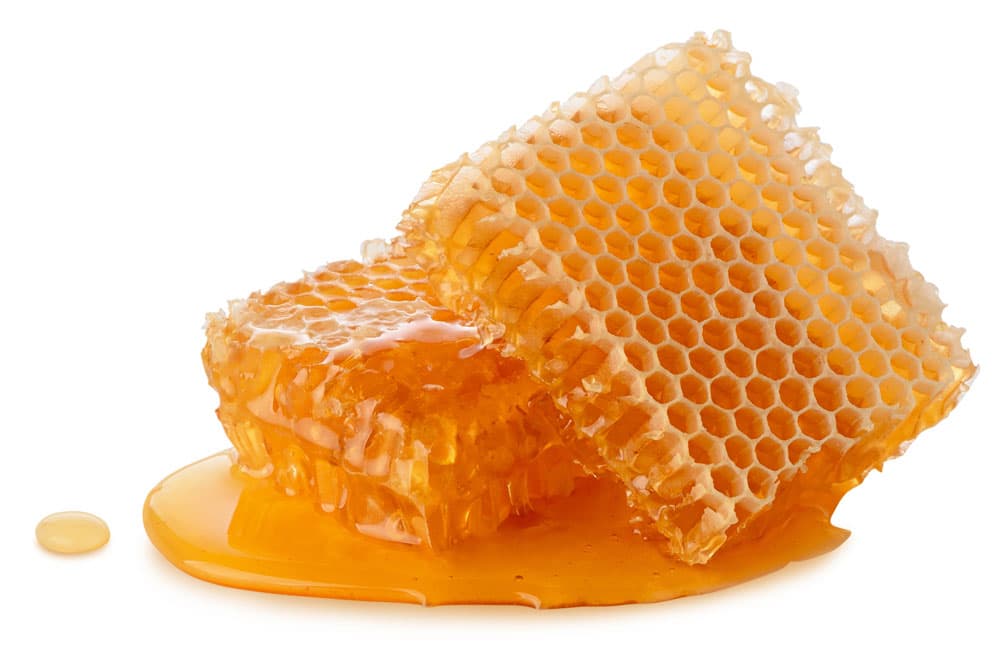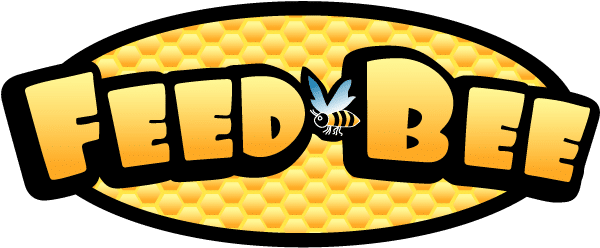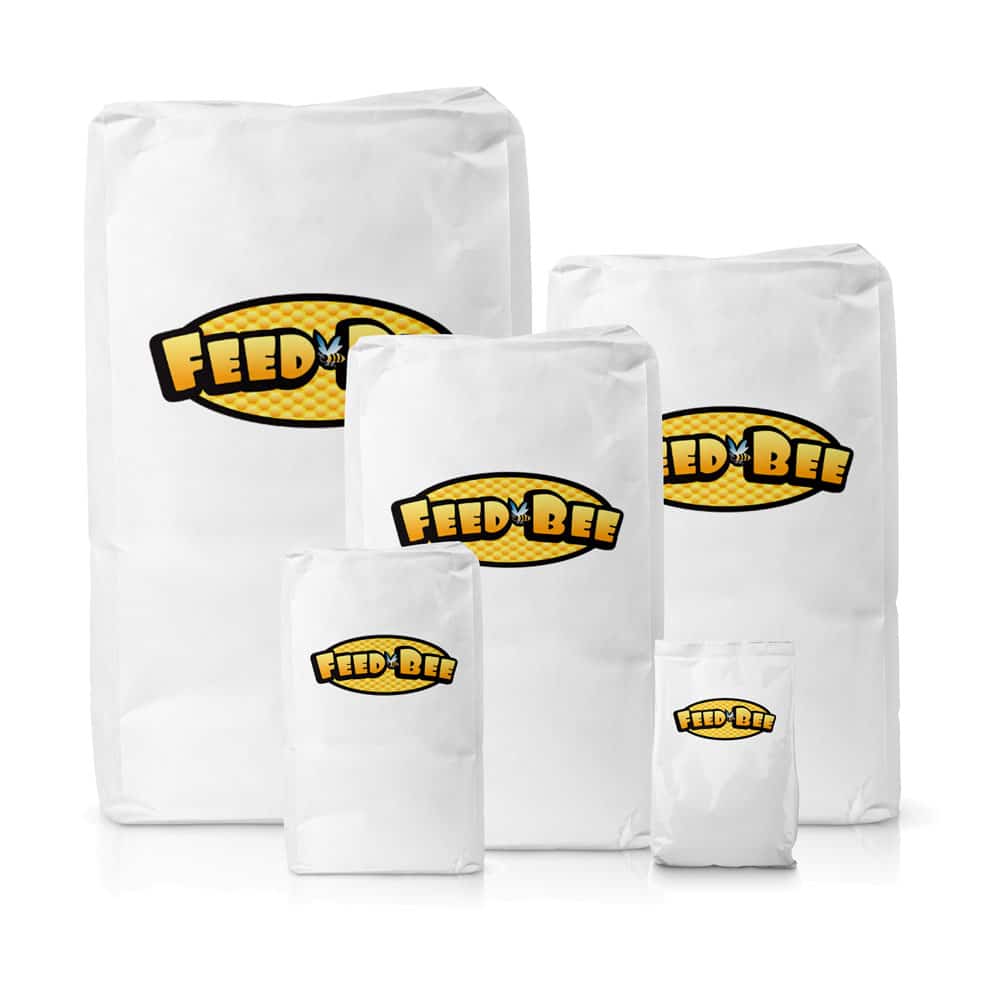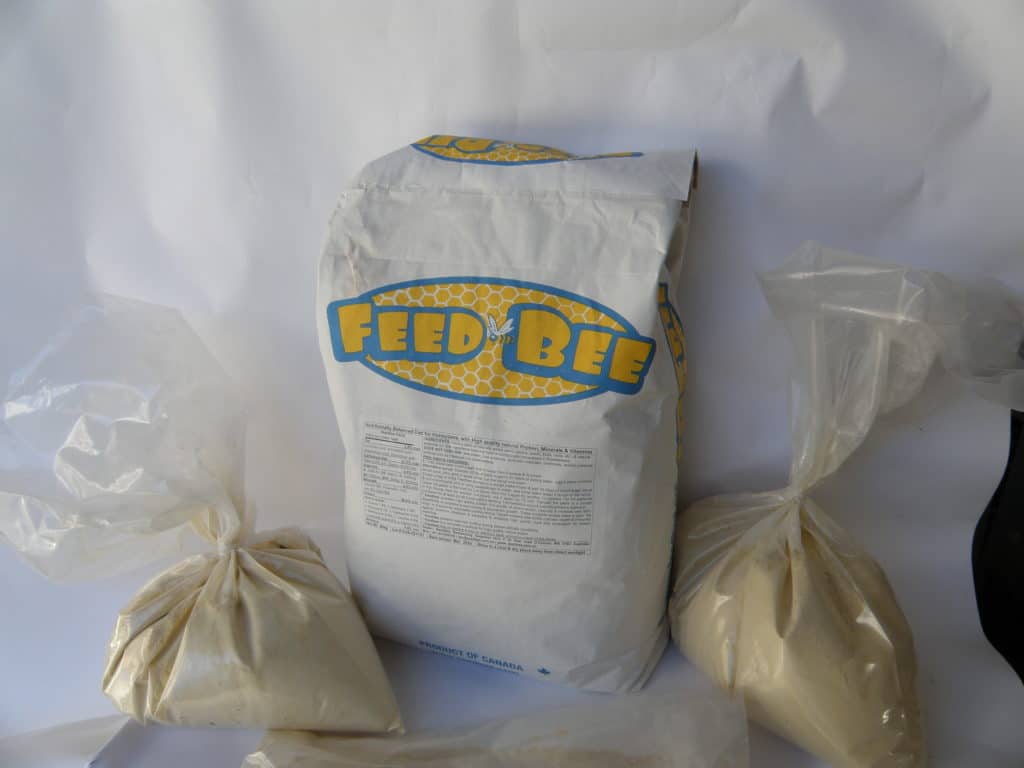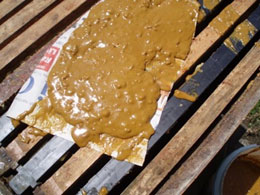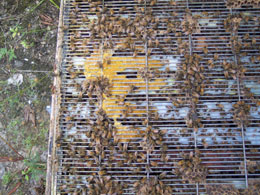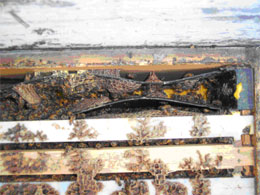Feedbee Formulation
The Pollen Substitute Diet That Actually Works.
New to Feedbee? Read the Instructions on how to use this product
Feedbee is easily accepted by bees in Powder form
Research conducted on Powder feeding of Feedbee has been undertaken in Canada, USA, Spain, Italy, Jordan and India. Compared with pollen and some soy-based feeds. The results indicated that bees consumed the entire Feedbee powder & pollen in the feeders compared to a negligible amount of soy-based feeds.

Feedbee is easily accepted in Patty form
Research conducted on Patty feeding (Fig. 1,2,3,4,5) of Feedbee has been undertaken in Canada, USA, Spain, Italy, Jordan, India and New Zealand. Compared with pollen and some locally made soy-based diets. The results indicated that bees consumed the entire patties of Feedbee and pollen placed inside the hives compared to very little amounts of other feeds.
Feedbee is easily accepted in Liquid form
Research on Liquid feeding (Fig. 6,7) of Feedbee has been undertaken in Canada, USA, Spain, Italy, Jordan, India and New Zealand. Compared with pollen and some locally made soy-based diets. The results indicated that bees consumed the entire patties of Feedbee and pollen placed inside the hives and very little amount of other feeds.
Feedbee doubles Brood rearing
Research works on the effect of Feedbee on brood rearing has been undertaken in Canada, USA, Spain, Italy, Jordan, India, and New Zealand. The results indicated that colonies fed Feedbee and pollen had double the brood when compared with the control group and the colonies fed soy-based diets.
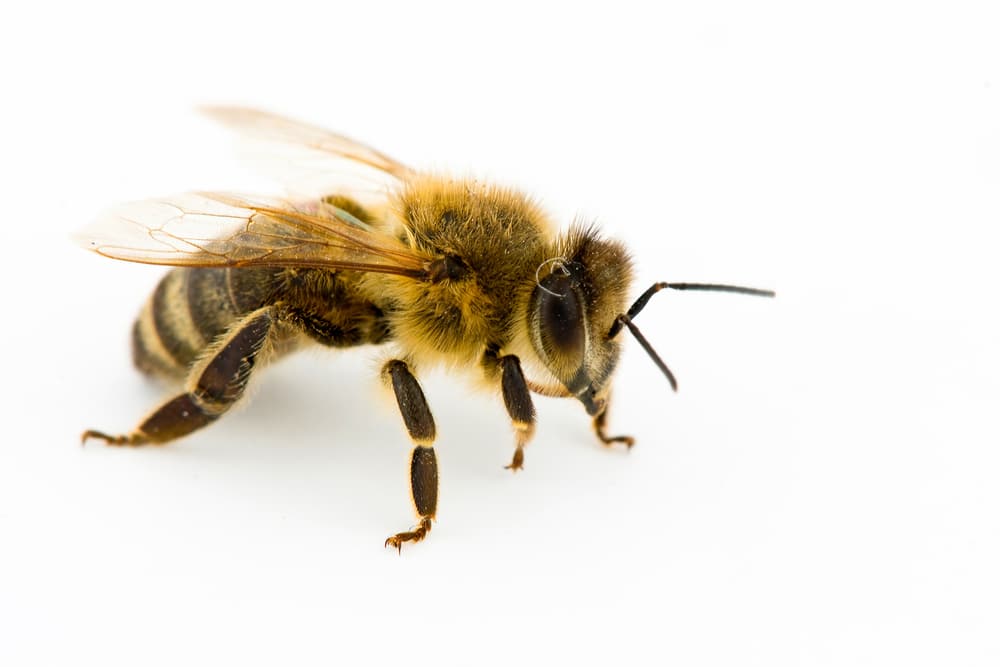
Feedbee doubles colony Population
Research on the effect of Feedbee on colony population has been done in Canada, USA, Spain, Italy, Jordan, India and New Zealand. The results indicated that colonies fed Feedbee and pollen had double the population of worker bees when compared with the population of control group and the colonies fed soy-based diets.
Feedbee doubles Honey crop
Research on the effect of Feedbee on honey production has been done in Canada, USA, Spain, Italy, India and New Zealand. The results indicated that colonies fed Feedbee and pollen produced double the amount of honey per colony when compared with the honey crop of the control group and the colonies fed soy-based diets.
FeedBee Notes
* Feedbee provides high quality protein (full profile of amino acids), vitamins & minerals with 98% digestibility to promote brood rearing & population growth. These nutrients enable bees to gain “fat body” in Autumn for successful overwintering. These nutrients also fortify colonies’ health & immunity against common diseases & parasites & enhance high quality royal jelly production for queen breeding.
* Feedbee sustains colonies’ buildup during severe climatic conditions.
* Feedbee is a complete substitute for high quality natural pollen.
* Feedbee has no residue & has no effect on taste, aroma or colour of the honey.
Feedbee Ingredients
Various parts of naturally grown plants (grains, seeds, fruits, roots, etc.) & natural essential oil. The ingredients have not been in contact with Honeybees or Bumblebees.
DOES NOT CONTAIN: bee-pollen, hive products, synthetic materials, chemicals, animal products, artificial colours / flavours / or preservatives.
Feedbee is an alternative Feed/Diet for honeybees. Feedbee is comparable with high quality pollen. Feedbee contains 36.4% Protein, 3.9% Fat, 41.8% Carbohydrates, 10.0% naturally occurring Sugar, 3.1% Minerals.
Feedbee can be fed to honeybees mostly during shortage or absence of natural pollen & during single crop pollination.
Feedbee is fed to colonies mostly:

UNQUESTIONABLY THE PERFECT HIVE SOLUTION TO FIRE, DROUGHT, OR FAMINE
AMATEUR BEEKEEPERS
Designed to keep your hive alive.
RAPID DISPATCH FOR AUSTRALIA WIDE DELIVERY
Information here about Delivery
COMMERCIAL APAIRISTS
Boost production and increase yield.
As an alternative Feed/Diet for honeybees Feedbee is comparable with high quality pollen.
Feedbee contains:
- 36.4% Protein
- 3.9% Fat
- 41.8% Carbohydrates
- 10.0% naturally occurring Sugar
- 3.1% Minerals
Feedbee can be fed to honeybees mostly during shortage or absence of natural pollen & during single crop pollination.
